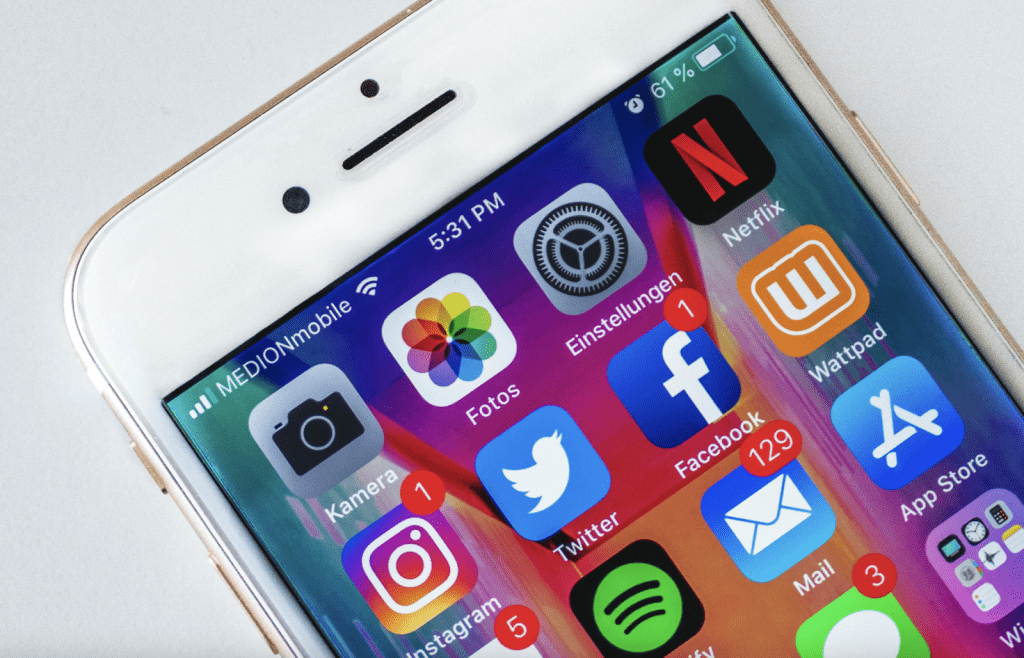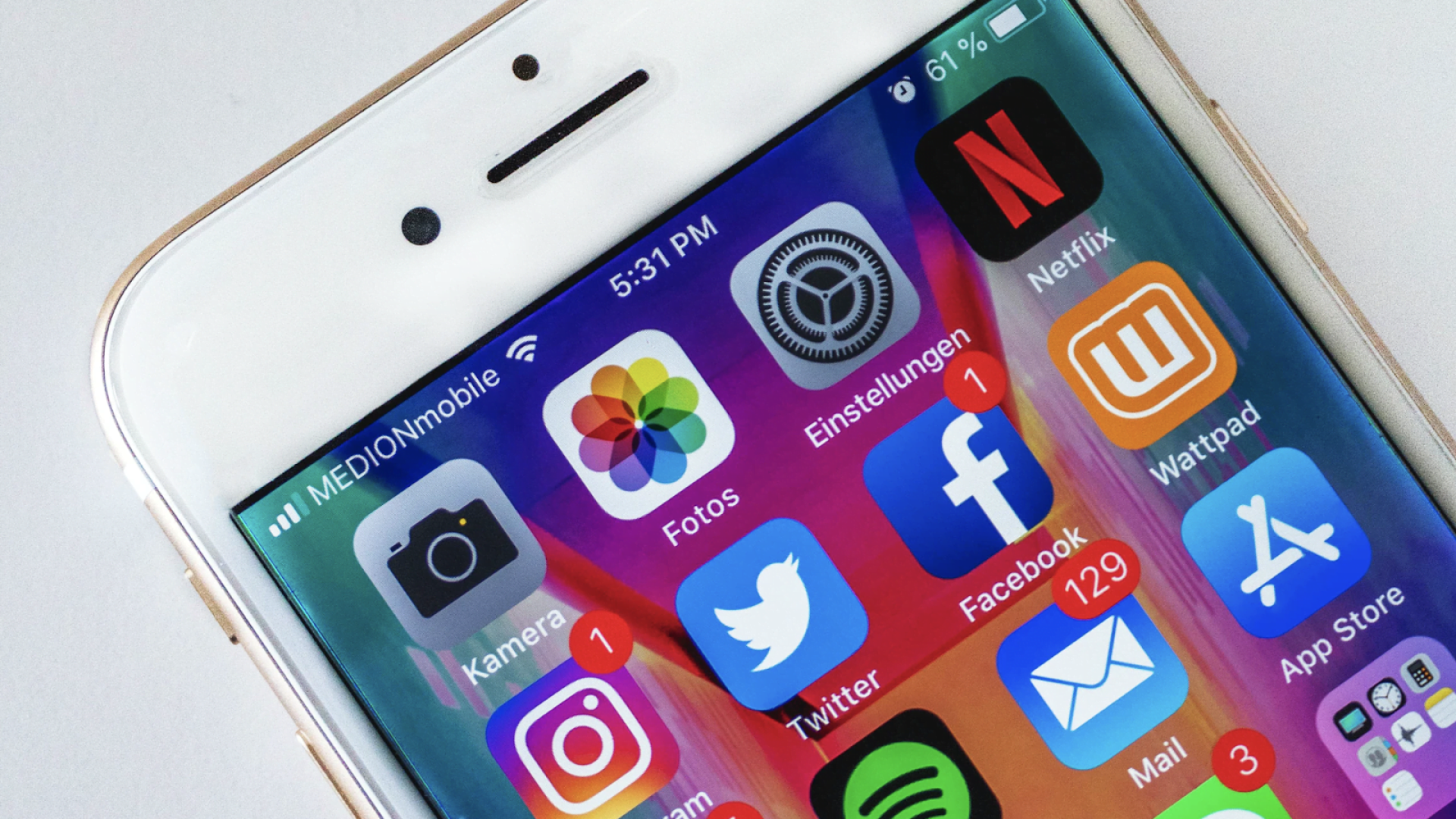Currently, the global e-commerce market is at $89.4 billion, and it’s forecasted to rise up to a whopping $604.5 billion by 2027. What is expected to bring about this big leap? Which factors are fueling the rise of e-commerce, and how are buyers shopping differently today?
Among all other factors, social commerce is one of the most prevalent since there are 3.96 billion people using social media in the world right now. But how is social media influencing the way we shop? Let’s explore.

What Is Social Commerce?
Social commerce refers to the e-commerce subset that revolves around social media. Basically, every step of the purchase, from product discovery and search to purchase, takes place through social media.
The Covid-19 pandemic has accelerated the effect of social commerce globally, especially in the US. Emarketer reports that US sales from social commerce will rise to $36.09 billion in 2021, which is a much bigger leap from last year.
Plus, 90.4 million people are expected to be social commerce buyers in 2021 as compared to 80.1 million the previous year.
Meanwhile, the two platforms that are most involved in social commerce are Pinterest and Instagram, which is understandable since both platforms are image-based. At the same time, Snapchat, TikTok, and Facebook are also increasing their e-commerce offerings.
The most common categories benefiting from social commerce are accessories and apparel, with consumer electronics, home decor, cosmetics, and consumer goods behind them.
Brands that utilize ‘aspirational imagery’ or offer unique products to consumers are more likely to benefit from social commerce. Companies that want to excel in this aspect should consider revising their media strategy, amplifying their social media audience, and creating good content.

A Significant Increase In Social Media Users
Even before quarantine glued everyone to their phones for TV screens for longer than usual, more and more people were using social media as their daily entertainment. More than 3.6 billion people were using social media globally in 2020.
Experts project this figure will rise to 4.41 billion by 2025.
Today, everyone from young to old is social media, although it’s the millennial population that plays a major role in the flourishing of social commerce. On average, people use 144 minutes every day on messaging apps and social media, which is a 30-minute increase from 2015.
It’s no surprise that Facebook is the most popular social media platform that has 2.5 billion active users per month. However, Whatsapp and Messenger are also coming forward to give Facebook a competition.
More importantly, TikTok is expected to become one of the most popular social media platforms soon. Another interesting contender is Reddit, which has more active users per month than Quora and Twitter, although it’s not as often discussed.
Social Media and Shopping
Social media is playing an integral role in transforming the way e-commerce looks today with factors like Instagram shopping and TikTok shopping. That’s because consumers are realizing that they can find everything they need online.
A few years ago, consumers were skeptical about shopping through social media due to privacy concerns, but things have changed now.
Young shoppers aren’t excessively worried about these things and are also more likely to share their purchases on social media.
Social Media Buy Buttons
In a GfK report, it was found that 52% of the shoppers in the US believed they could find 100% of the items they need online, which is a 4% increase from the previous year. The pandemic further pushed people towards online shopping, enhancing the influence of social media.
The same report showed that 18% of the US consumers had bought something online with the ‘buy’ button on the companies’ social media accounts. Meanwhile, 16% of the consumers shopped by clicking a link on a story or a post.
Social media buy buttons are an interactive way to bring consumers into the funnel and increase sales.
Previously, Facebook was the only platform with a buy button, but other social media channels have also followed suit.
Facebook also introduced Facebook shops that are virtual storefronts, allowing retailers to use Instagram and Facebook to sell their products through the apps.
Snapchat has also taken the leap and introduced e-commerce features in the app. The most prominent of these is the Snapchat Shoppable Show, which was titled ‘The Drop’ and offered consumers the opportunity to purchase luxury designer and streetwear clothing.
Even better, Pinterest has incorporated the camera feature in its app, allowing consumers to take a picture of the item they want to buy. Then, Pinterest shows them similar products on the app and takes them directly to the retailer’s website.
How Are Brands Responding To Social Commerce?
Social media and e-commerce are going hand in hand these days, and brands are quick to get on board.
A McKinsey report shows that there has been a major influx in the number of omnichannel customers and digital shopping, with the UK and the US having seen over 30% growth.
Since brands have noticed the interest in social media shopping, they are eager to leverage it for increasing sales. A Stackla’s report had the following findings of social commerce and social media shopping:
- 73% of the responding companies said they have already established connections with their customers, and it is bound to help them benefit sufficiently from social commerce.
- 44% of the companies said they struggle with forming a meaningful strategy for social content creation.
- 92% of the brands said they prefer Instagram for social commerce, while 77% used Facebook, 47% put their trust in Pinterest, and 57% opted for Twitter.
Conclusion
As times change, so do trends, especially in the digital world where everything is fast-paced and dynamic. Social commerce has a strong influence on the way people shop today, with TikTok shopping and Instagram shopping becoming norms.
For most brands, social media and ecommerce success hails from multi-networking, which refers to the culmination of content creation and marketing strategy on different social media platforms to attract consumers and increase sales.

